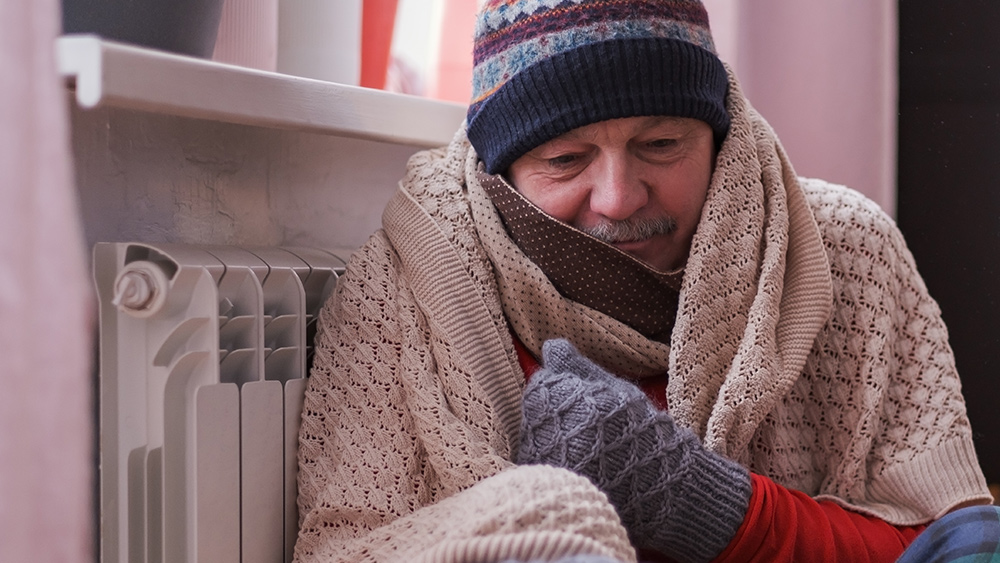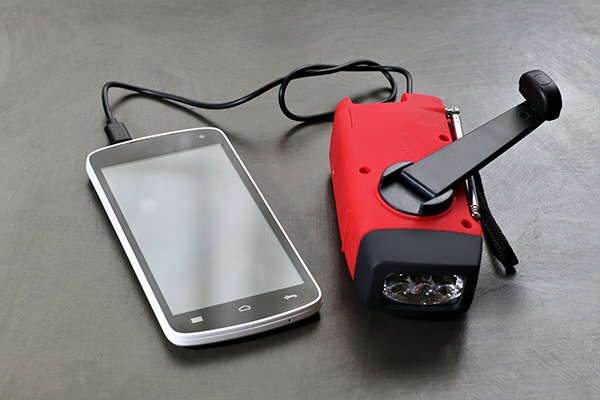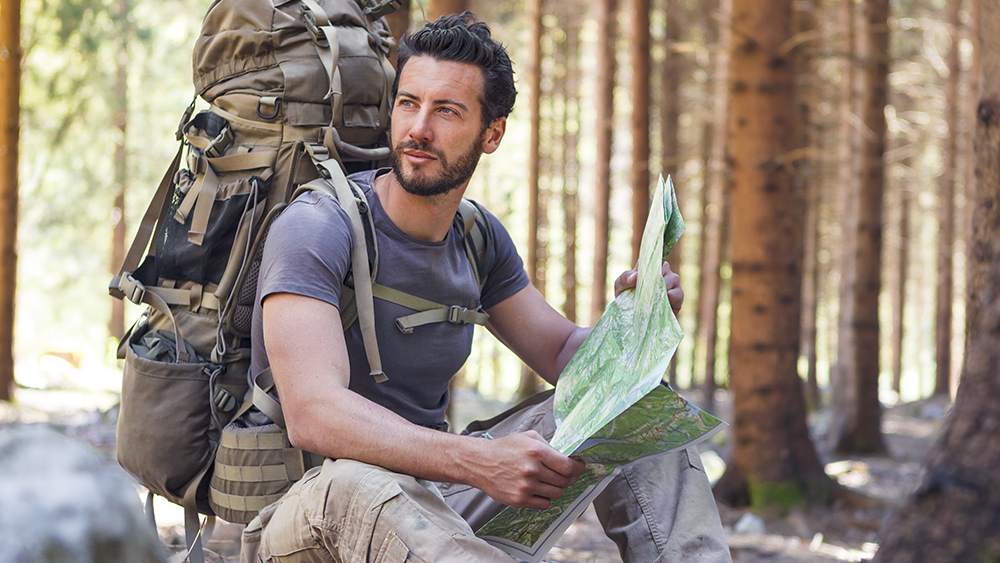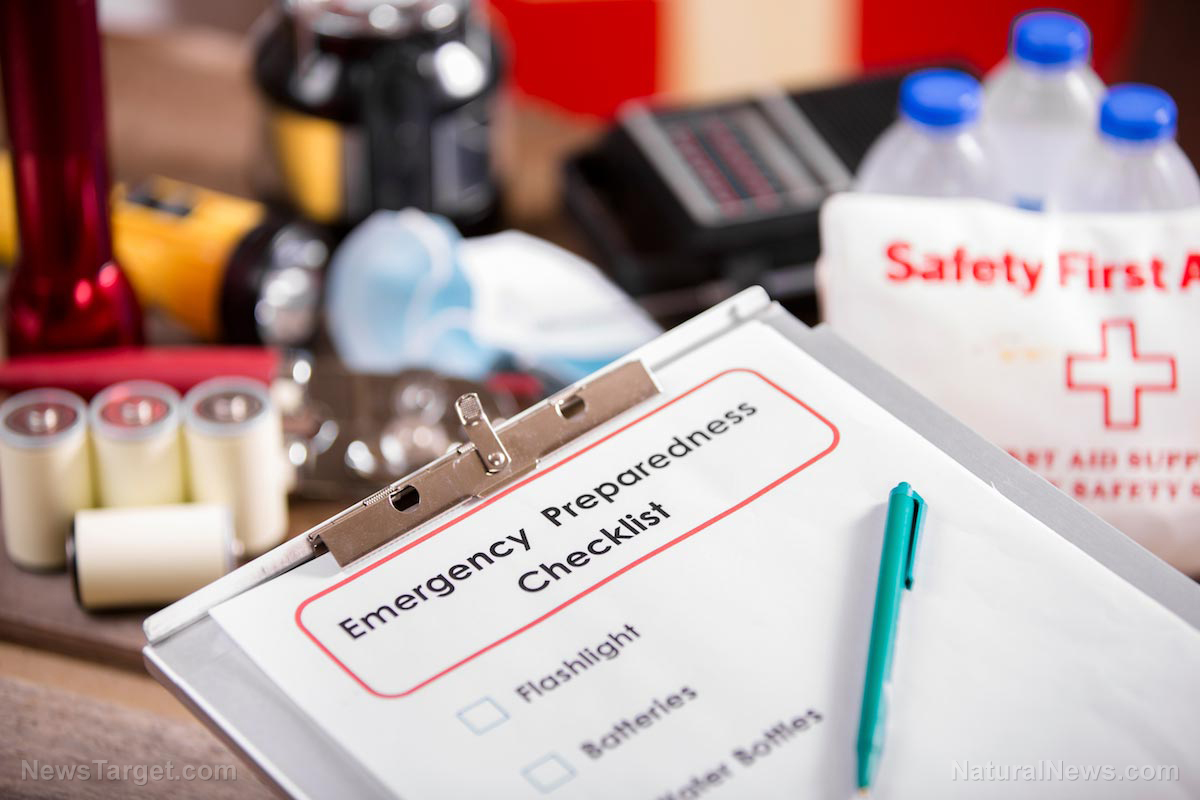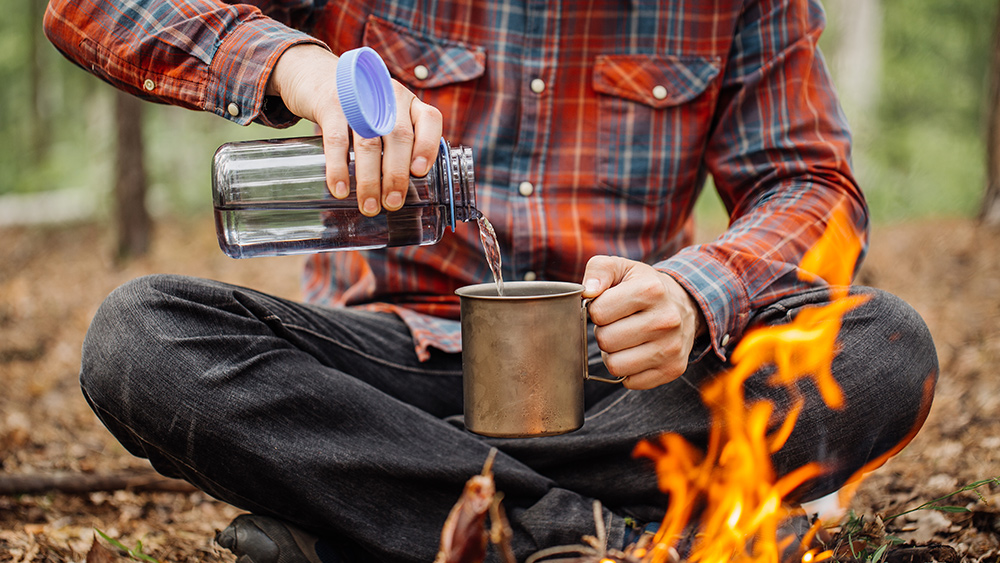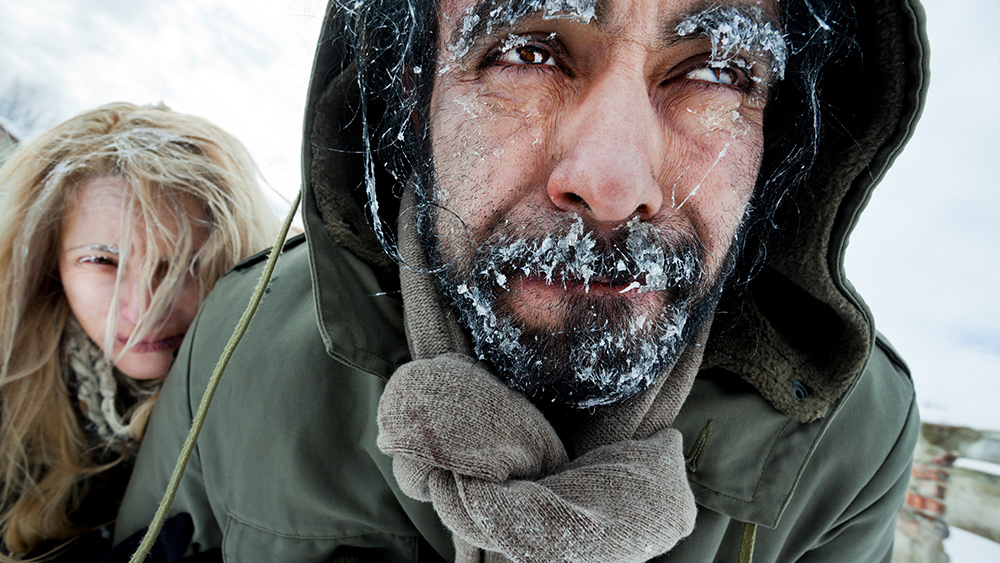Unarmed self-defense strategies for dangerous situations
02/06/2023 / By Zoey Sky

Most preppers probably own a handgun for self-defense or hunting. But how can you protect yourself if you lose your gear when SHTF?
Before disaster strikes, learning about strategies for unarmed self-defense ensures that you can protect yourself even after you lose your weapon. (h/t to PreppersWill.com)
Self-defense principles: Focus on protecting yourself
Forget everything you’ve seen in an action movie.
In real life, when you are facing someone who wants to do you harm, your best offense is defense. Self-defense focuses on protecting yourself from harm and escaping from a dangerous situation as quickly as possible.
When facing an attacker, focus on three things: situational awareness, prevention and de-escalation.
Situational awareness means having the mindset wherein you are regularly evaluating your surroundings for dangerous situations and any potential threats to your safety. This doesn’t mean you need to be paranoid.
Awareness is important if you want to prevent dangerous situations from occurring. Being aware of your surroundings and checking for potential threats and escape routes can help you avoid dangerous situations before SHTF.
You should also try to learn how to read body language and nonverbal cues since they can help you identify someone who could be a potential threat. As you go about your daily routine, stay alert and watch out for anyone who seems to be acting suspiciously.
Prevention is also crucial in unarmed self-defense. This includes using preventative measures like walking in crowded and brightly lit areas, avoiding dangerous situations and carrying non-lethal self-defense weapons like pepper spray.
You should also learn how to use your pepper spray so you can effectively use them when you need to protect yourself.
De-escalation is another important strategy for self-defense. It includes using verbal and nonverbal communication to defuse a stressful situation and prevent it from escalating into violence.
If someone is trying to pick a fight with you, use a calm and assertive tone of voice. Make direct eye contact and use open body language to let the other person know that you are not a threat.
Through practice, you will learn how to read the situation and understand the body language of the other person. You will also learn when to talk and when to act.
Unarmed self-defense techniques
Learn some self-defense techniques so you can protect yourself if your attempt to de-escalate a situation has failed.
First, understand the concept of target areas or specific areas of the body that are vulnerable to attack and can be used to defend yourself. Common target areas include the eyes, nose, throat, solar plexus, knees and groin.
Remember these target areas and practice how to strike them effectively so you can gain an edge when SHTF.
The eye gouge technique
The eye gouge is a technique involves using your fingers to gouge the attacker’s eyes. This can then cause temporary blindness and disorientation.
The eye gouge technique is effective, but you need to be precise. To temporarily blind or disorient your attacker, use your fingers or thumbs to press or scrape against their eyes.
- Position yourself correctly. Stand with your feet shoulder-width apart, with one foot slightly forward. Point the forward foot toward the attacker and distribute your weight evenly between both feet.
- When you’re ready to strike, bring your fingers or thumbs up t0 their eyes.
- Use the tips of your fingers or the pads of your thumbs to press or scrape against their eyes.
The goal of this technique is to cause pain and disorientation, so your attacker won’t be able to hurt you.
Remember that the eye gouge is a potentially dangerous technique and it can cause permanent eye damage or blindness. Only use it in a self-defense situation as a last resort.
Practice the eye gouge technique in a controlled environment with a trained partner.
The eye gouge is ideal if you need to create distance between you and the attacker.
The palm heel strike technique
The palm heel strike is delivered with the heel of your hand. If you aim for someone’s nose, throat or solar plexus, you will hurt and disorient your attacker.
Practice this technique so you can execute it correctly.
- Position your body correctly. Stand with your feet shoulder-width apart, with one foot slightly forward. Point the forward foot toward the attacker and distribute your weight evenly between both feet.
- When you’re ready to strike, bring your hand up toward the other person.
- Keep your striking hand open, with the fingers together and the thumb tucked in. The striking surface is the heel of your hand, which is the area between your pinky finger and wrist.
- Strike your attacker’s face, jaw, throat or solar plexus. The solar plexus is a sensitive area on the chest and striking it can cause pain disorientation, or unconsciousness.
The palm heel strike is a powerful technique that can cause serious injury if not used properly and only as a last resort in a serious self-defense scenario.
The elbow strike technique
The elbow strike is a powerful and effective close-range technique where you use the point or edge of your elbow to strike your attacker.
The elbow strike is best used when an attacker is in close proximity and it’s difficult to use other techniques, like punches or kicks.
- Position yourself correctly. Stand with your feet shoulder-width apart, with one foot slightly forward. Point the forward foot toward the attacker and distribute your weight evenly between both feet.
- Next, rotate your hips to generate power for the strike. Do this by twisting your hips toward your enemy while keeping your feet in place. This will generate power in the strike so you can deliver a more powerful blow.
- When you’re ready to strike, bring your elbow up and strike the attacker with the point or edge of your elbow. You can strike their face, jaw, throat or solar plexus.
Since the elbow strike can be dangerous, it’s best to practice it in a controlled environment with a trained partner.
The knee strike technique
The knee strike involves striking an assailant in the groin or knee to make him lose balance and fall to the ground.
- Position yourself correctly. Stand with your feet shoulder-width apart, with one foot slightly forward. Point the forward foot toward the attacker and distribute your weight evenly between both feet.
- Make sure your hips are facing the attacker and that your core is engaged to generate power for the strike.
- When you’re ready to strike, raise one knee towards the attacker’s body. Target the midsection, thigh or face. Strike with the kneecap, not your thigh. The kneecap is a harder, denser area and is more effective for striking. (Related: Here’s why self-defense fitness is crucial to your survival.)
Other unarmed self-defense techniques
Here are some other techniques and strategies that you can use for unarmed self-defense:
Joint locks
Joint locks involve using leverage to control an attacker’s joints and immobilize them.
Do this by twisting or bending their arm or leg in a specific way to cause pain and force your assailant to submit.
Pressure points
Pressing or manipulating pressure points or certain areas of the body can cause pain, disorientation or unconsciousness.
Some pressure points include the base of the skull, the carotid artery and the temples.
Use the environment to your advantage
If you are alone and facing an opponent stronger or faster than you, use objects in the environment as improvised weapons.
If you have a pen or a flashlight, use it to strike an assailant or shine the light in their face to distract them. You can also use your bag or purse to block or strike an attacker.
You can also try using diversionary tactics. This means distracting the other person by using a loud noise, a flash of light or other items to disorient them.
An effective diversion can buy you enough time to escape or strike the attacker when they are off guard. Examples of diversionary tactics include throwing your bag to distract them or using a whistle to alert people and call for help.
The legal consequences of unarmed self-defense
Lastly, you must understand the legal consequences of self-defense. Each state has different laws regarding self-defense, and you should always check so you know what is legal and what isn’t.
In some places, the use of deadly force is only justified if there is a threat of death or serious bodily harm. In others, it may be justified if there is any threat of harm.
Sometimes, it may be better to incapacitate your assailant and escape to call for help. However, this depends on the gravity of the situation.
When SHTF and you are facing an assailant, remember that even if the use of deadly force seems justified in your eyes, you will still need to provide explanations to avoid any legal issues.
Once you learn some unarmed self-defense techniques, practice and train regularly so that you can defend yourself when you need to. Focus on protecting yourself and escaping to avoid severe injuries if you are attacked.
Watch the video below for tips on how to defend yourself against a tackle.
This video is from the Code Red Defense channel on Brighteon.com.
More related stories:
SHTF essentials: Don’t forget to learn these 6 commonly overlooked survival skills.
Prepare yourself for SHTF: Exercises you’ll need for survival.
Sources include:
Submit a correction >>
Tagged Under:
fitness, personal safety, physical fitness, preparedness, prepper, prepping, self-defense, self-reliance, SHTF, survival, survival skills, survivalist, unarmed self-defense
This article may contain statements that reflect the opinion of the author
RECENT NEWS & ARTICLES
COPYRIGHT © 2018 SURVIVALGEAR.NEWS
All content posted on this site is protected under Free Speech. SurvivalGear.news is not responsible for content written by contributing authors. The information on this site is provided for educational and entertainment purposes only. It is not intended as a substitute for professional advice of any kind. SurvivalGear.news assumes no responsibility for the use or misuse of this material. All trademarks, registered trademarks and service marks mentioned on this site are the property of their respective owners.

